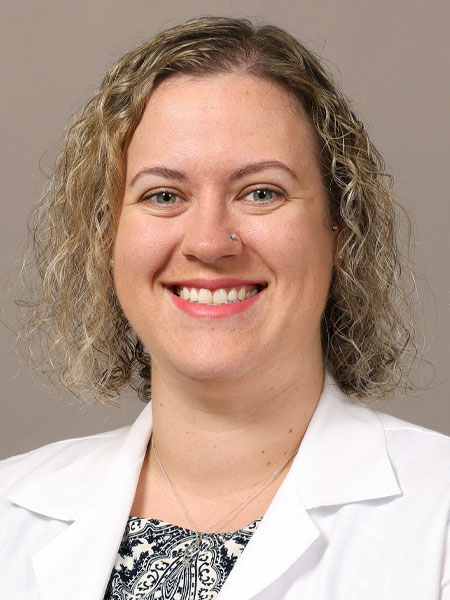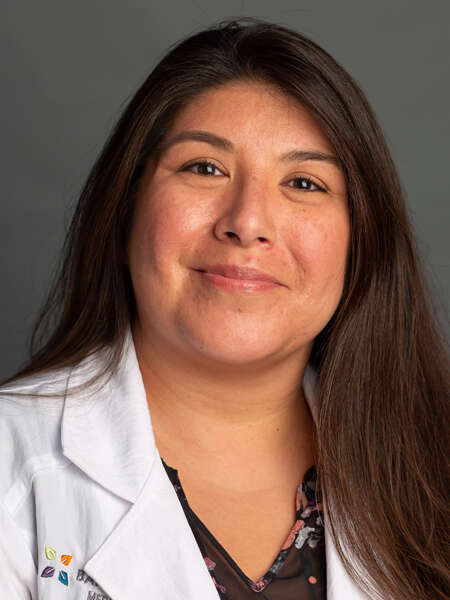Related Services
Yeast Infection
What Is a Yeast Infection?
Yeast infections are a form of fungal infection occurring in both women and men. One of the most common forms is called vaginal candidiasis, a yeast infection of the vagina. Infections of this type are marked by itchiness, irritation, and a whitish or watery discharge from the vulva (vaginal opening). Most vaginal yeast infections are relatively mild and easy to treat. More complicated infections typically occur in conjunction with a pregnancy or another medical condition. Though not viewed as sexually transmitted, yeast infections have been linked to increased sexual activity, vaginal and oral.
It is estimated that as many as three-quarters of all women will experience a vaginal yeast infection at some point in their lives, oftentimes more than one.
What Are the Symptoms of a Yeast Infection?
The following symptoms are associated with a vaginal yeast infection:
- Swelling and redness
- Itchiness
- Irritation
- Genital rash
- A whitish vaginal discharge, with a lumpy or watery consistency
- A burning or painful feeling during urination or sexual intercourse
What Is the Cause of a Yeast Infection?
The cause of a vaginal yeast infection is yeast, especially the single-celled fungus known as Candida albicans. It often lives with other microorganisms inside the human oral and gastrointestinal tracts. Most yeast cells are benign, but can turn pathogenic (disease-causing) if not held in check by healthy bacterial strains that are also native to the digestive system. Anything that disturbs the natural balance between fungal and bacterial populations in the gut can spur yeast growth and infection.
Risk factors for yeast growth include:
- Antibiotics, which kill healthy as well as pathogenic bacteria
- Oral contraceptives
- Estrogen hormone therapy
- A compromised immune system
- Pregnancy
- Unmanaged or poorly managed diabetes
Sexual contact can also transmit yeast cells from person to person. It is important to note, however, that sex itself is a not a cause of infection. Persons who are sexually inactive can also develop yeast infections, through factors such as poor hygiene and a high-sugar diet.
How Is a Yeast Infection Diagnosed?
The diagnosis of a vaginal yeast infection relies on the following steps:
- Physical examination: Your physician will ask about your symptoms and record your medical history. He or she will want to know whether you’ve had any previous yeast infections.
- Pelvic exam: The second step is a pelvic exam. Your physician will check your external genitals for evidence of infection. He or she may also use a speculum to conduct a similar examination of the vagina’s interior walls.
- Sample collection and analysis: If there is evidence of infection, your physician might also collect a fluid sample from the vagina. This will be analyzed in a lab to identify the pathogen causing the infection.
How Is a Yeast Infection Treated?
Most vaginal yeast infections are relatively easy to treat:
- Simple infections: For simple infections, a short, 3-7 day course of antifungal medication.
- Complicated infections: Complicated infections are those with more severe symptoms, often exacerbated by pregnancy or another medical condition, such as diabetes. The pathogen may be a different yeast strain than Candida albicans. Treatment is similar to that for a simple infection, only considerably longer – possibly six weeks or more. A frequently prescribed, long-term antifungal medication is fluconazole.
Yeast infections are more common than anyone would like. Fortunately, they’re also treatable. In most cases, symptoms are mild and can be brought under control in a short period of time.
Can Yeast Infections be Prevented?
Vaginal yeast infections are also preventable. To stay infection free, avoid:
- Long periods in wet clothing
- Hot tubs and steamy showers
- Overuse of antibiotics
- Scented feminine products and douches
- Tight clothing, including jeans, underwear, and pantyhose
If you are sexually active and your infection is recurrent, your partner may be the source. Sexual prophylaxis, including condom use, can decrease the likelihood of repetitious infections.
Learn More about Yeast Infections from Baptist Health
For more information about yeast infection prevention and treatment, schedule an appointment with a Baptist Health Gynecologist.
Care Finder

Next Steps with MyChart
Discover MyChart, a free patient portal that combines your Baptist Health medical records into one location. Schedule appointments, review lab results, financials, and more! If you have questions, give us a call.













